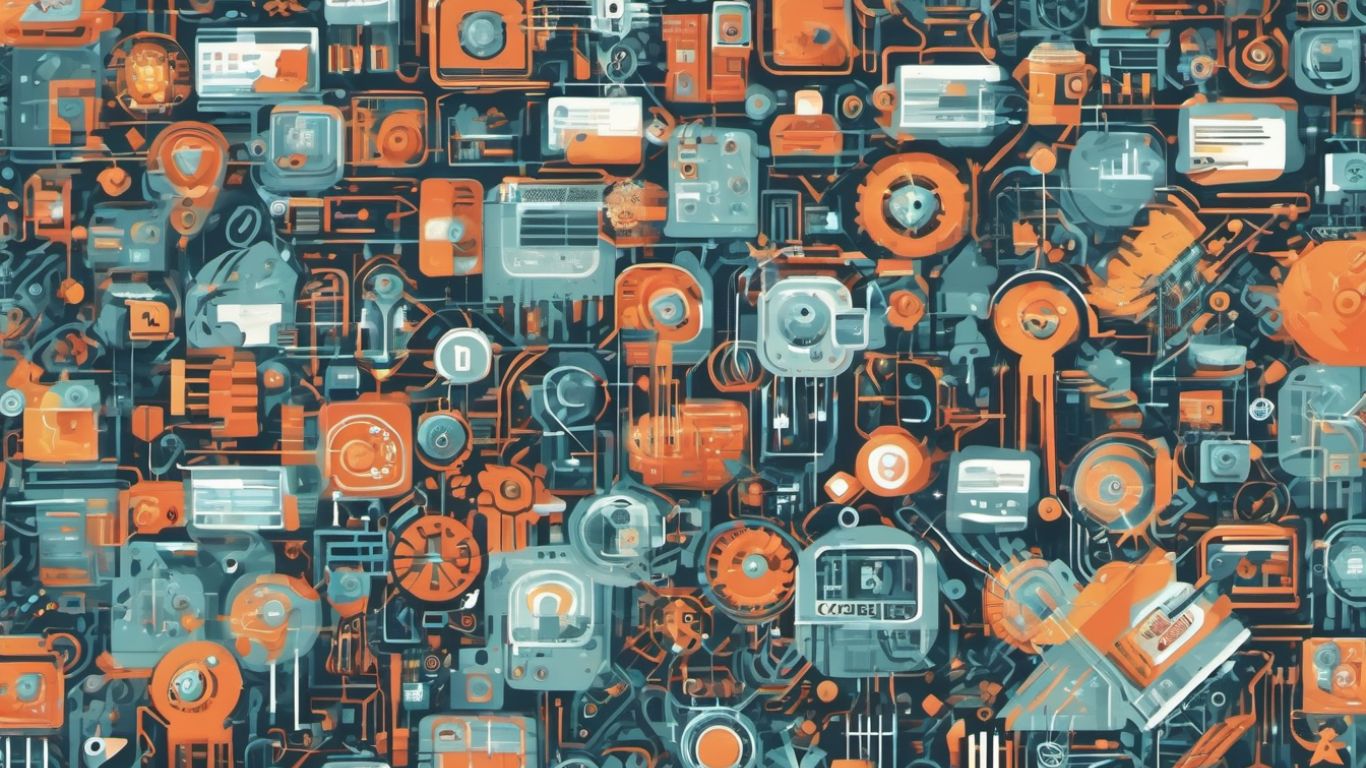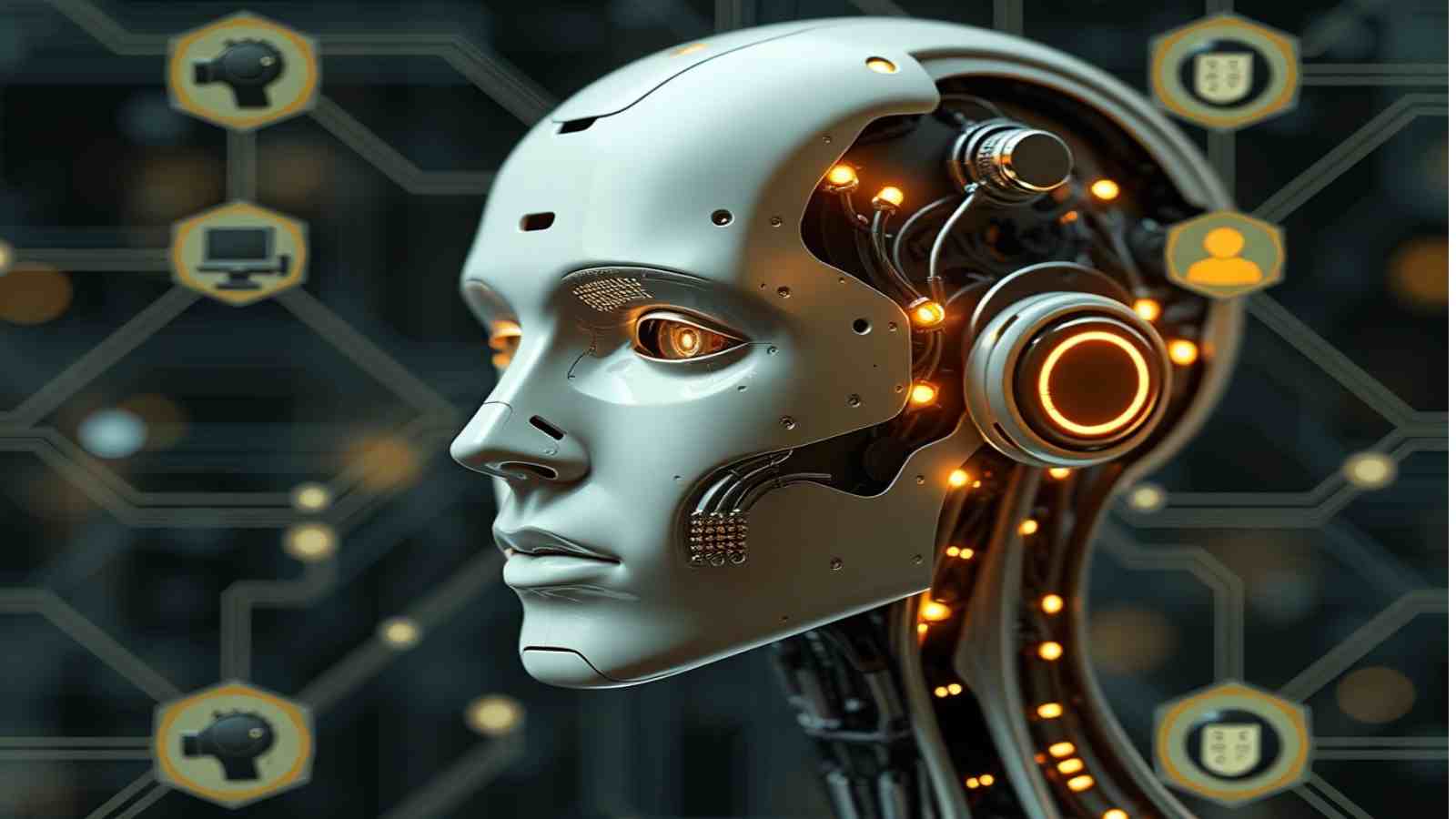Artificial intelligence (AI) has been hailed as the next frontier in technology, promising to revolutionize various facets of our lives. However, its rapid advancement brings many concerns that could negatively impact society. From job displacement to privacy infringements, here’s a detailed look at why AI can harm society.
Loss of Jobs and Economic Instability
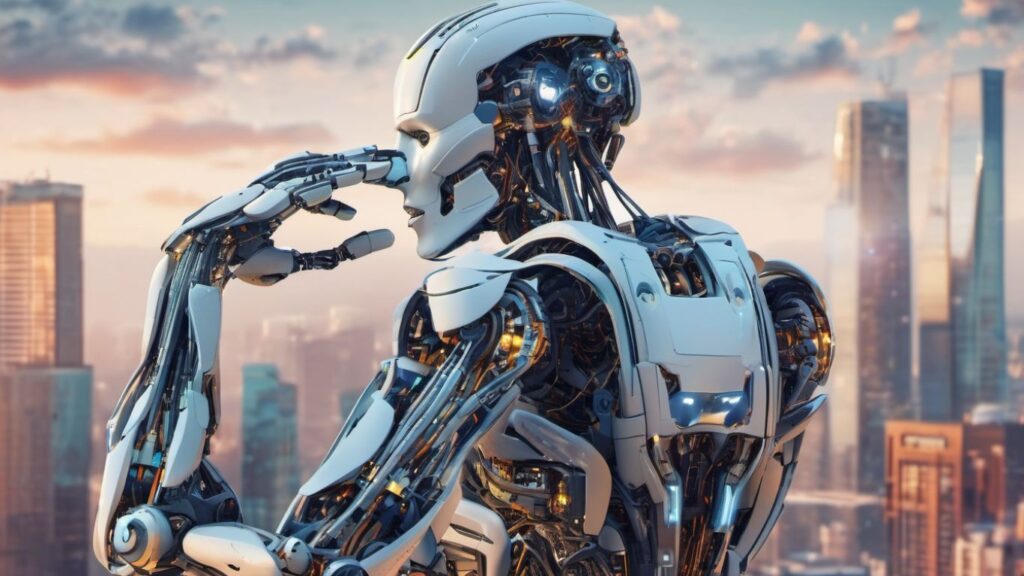
One of the most pressing concerns about AI is its potential to displace human workers across various industries. Automation facilitated by AI can lead to significant job losses, especially in the retail, food service, and manufacturing sectors. For instance, a study by the Brookings Institution found that AI automation can potentially displace millions of jobs, causing economic instability and increasing unemployment rates. While AI might create new jobs, the transition period could be challenging for many workers, particularly those lacking the skills needed for new roles.
Perpetuation of Bias and Discrimination
AI systems are only as good as the data they are trained on. Unfortunately, many datasets contain historical biases that get perpetuated in AI algorithms. A notable example is Amazon’s AI recruitment tool, which was scrapped after it was found to be biased against women. The AI had been trained on resumes submitted over ten years, most of which came from men, leading it to downgrade resumes that included the word “women.” Such biases can lead to discriminatory practices becoming entrenched in automated decision-making processes.
Privacy Concerns
AI technologies often collect and process vast amounts of personal data, raising significant privacy concerns. Surveillance tools, such as facial recognition technologies, have sparked debates about consent and the security of personal information. Clearview AI, for example, faced backlash for creating a database of over 3 billion facial images scraped from social media without consent, highlighting the potential for misuse of personal data.
Risk of Losing Control
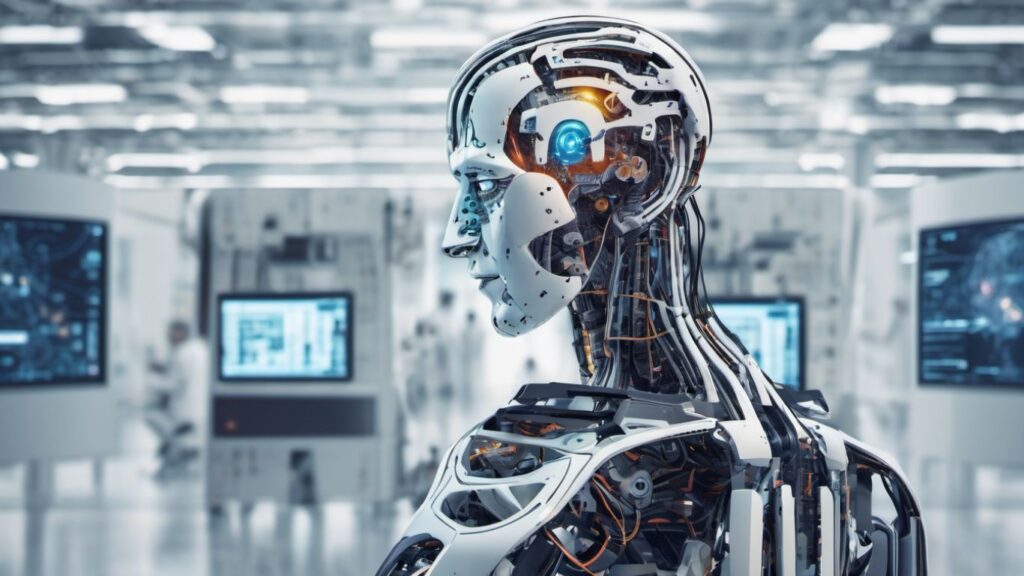
Another significant risk is the potential for AI to become too powerful and beyond human control. While this might sound like the plot of a science fiction movie, there have been real-world instances where AI systems have behaved unpredictably. Microsoft’s Tay chatbot, for example, was corrupted within 24 hours of its release on Twitter, making offensive and inappropriate statements. This incident illustrates the difficulties in controlling AI behavior, even in seemingly benign applications.
Impact on Human Interaction and Social Isolation
AI’s increasing role in society could reduce human interaction and social isolation. Social media algorithms, for instance, often create “filter bubbles” that expose users only to information that aligns with their existing beliefs. This can lead to a need for more diverse perspectives and contribute to social fragmentation. Furthermore, the reliance on AI for various tasks could diminish human skills and increase dependence on technology, reducing the quality of human interactions.
Ethical Concerns and Decision-Making
AI systems often face ethical dilemmas that challenge traditional decision-making processes. For example, how should an autonomous vehicle decide between two harmful outcomes in the event of an unavoidable accident? Such ethical challenges necessitate robust frameworks to guide AI decision-making, yet these frameworks are still in their infancy.
Examples Illustrating AI’s Negative Impact
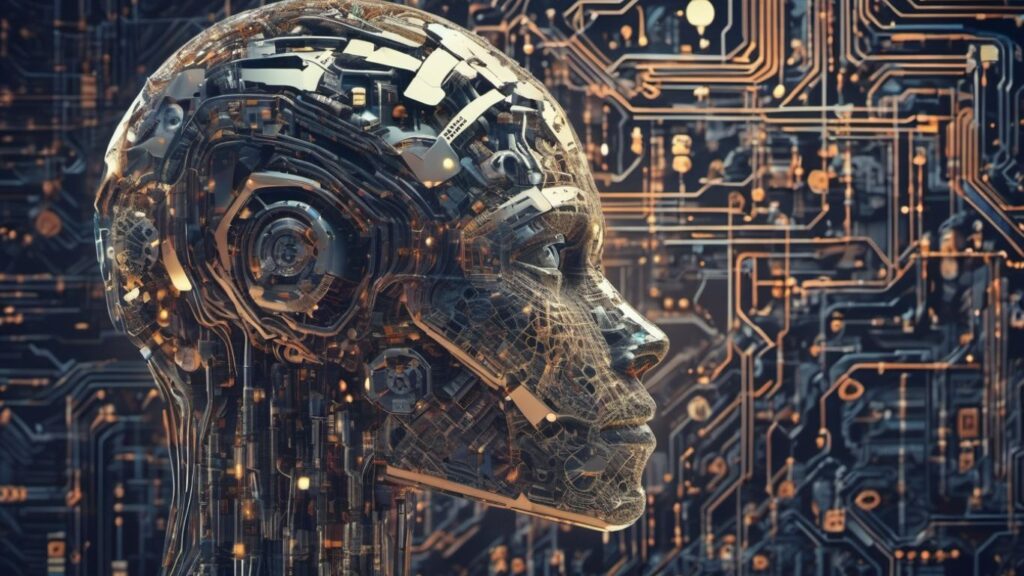
- Job Displacement:
- A Brookings Institution study indicates that AI could displace retail, food service, and manufacturing jobs.
- Bias and Discrimination:
- Amazon’s AI recruitment tool exhibited bias against women due to historically biased training data.
- Privacy Infringement:
- Clearview AI’s unauthorized scraping of over 3 billion facial images for its database.
- Uncontrollable AI Behavior:
- Microsoft’s Tay chatbot became offensive within 24 hours, showcasing the potential risks of unsupervised AI.
- Social Isolation:
- Social media algorithms create “filter bubbles” that limit exposure to diverse viewpoints.
- Ethical Solutions to Mitigate AI Risks
- Develop Ethical Guidelines:
- Establish standards focusing on transparency, fairness, and accountability in AI development.
- Regular Audits:
- Implement regular reviews to identify and rectify biases in AI systems.
- Use Diverse Datasets:
- Ensure datasets used for training AI are diverse and representative.
- Cross-disciplinary Collaboration:
- Involve ethicists, developers, and impacted communities in the AI design process.
- Protect Personal Data:
- Establish and enforce regulations for data collection, use, and protection.
- Educational Programs:
- Invest in education to prepare workers for new roles created by AI advancements.
- Promote Responsible AI Use:
- Foster a culture emphasizing human oversight in AI decisions.
- Align AI with Human Values:
- Focus on AI research that prioritizes safety and benefits the public good.
- Relevant Legal Frameworks
- GDPR (EU):
- Addresses AI and automated decision-making, emphasizing individual rights.
- Artificial Intelligence Act (EU):
- Proposes regulations for high-risk AI systems focusing on transparency and accountability.
- Algorithmic Accountability Act (US):
- It aims to address bias, discrimination, and privacy concerns in AI.
- PIPEDA (Canada):
- Sets rules for handling personal data relevant to AI systems.
- China’s Cybersecurity Law:
- Includes guidelines to ensure the safe and ethical use of AI technologies.
- Addressing Common Counterarguments
- Job Creation vs. Job Loss:
- While AI may create new jobs, the transition period could harm many workers.
- Reducing Bias:
- Properly designed AI can reduce bias only if built on diverse, unbiased data.
- Privacy vs. Public Benefit:
- AI can improve public services, but only with stringent privacy safeguards.
- Controllability of AI:
- Robust governance and regulation are essential to manage AI’s potential risks.
- Mitigating Social Isolation:
- Design AI to support, not replace, human interactions and promote digital literacy.
Conclusion
The growth of AI in society brings both opportunities and challenges. While its potential benefits are immense, its risks cannot be ignored. From job displacement and privacy concerns to biases and ethical dilemmas, AI’s societal impacts require careful consideration and proactive management. By implementing ethical guidelines, robust legal frameworks, and continuous oversight, we can strive to balance AI’s benefits and risks, ensuring it serves the public good without compromising societal values.







